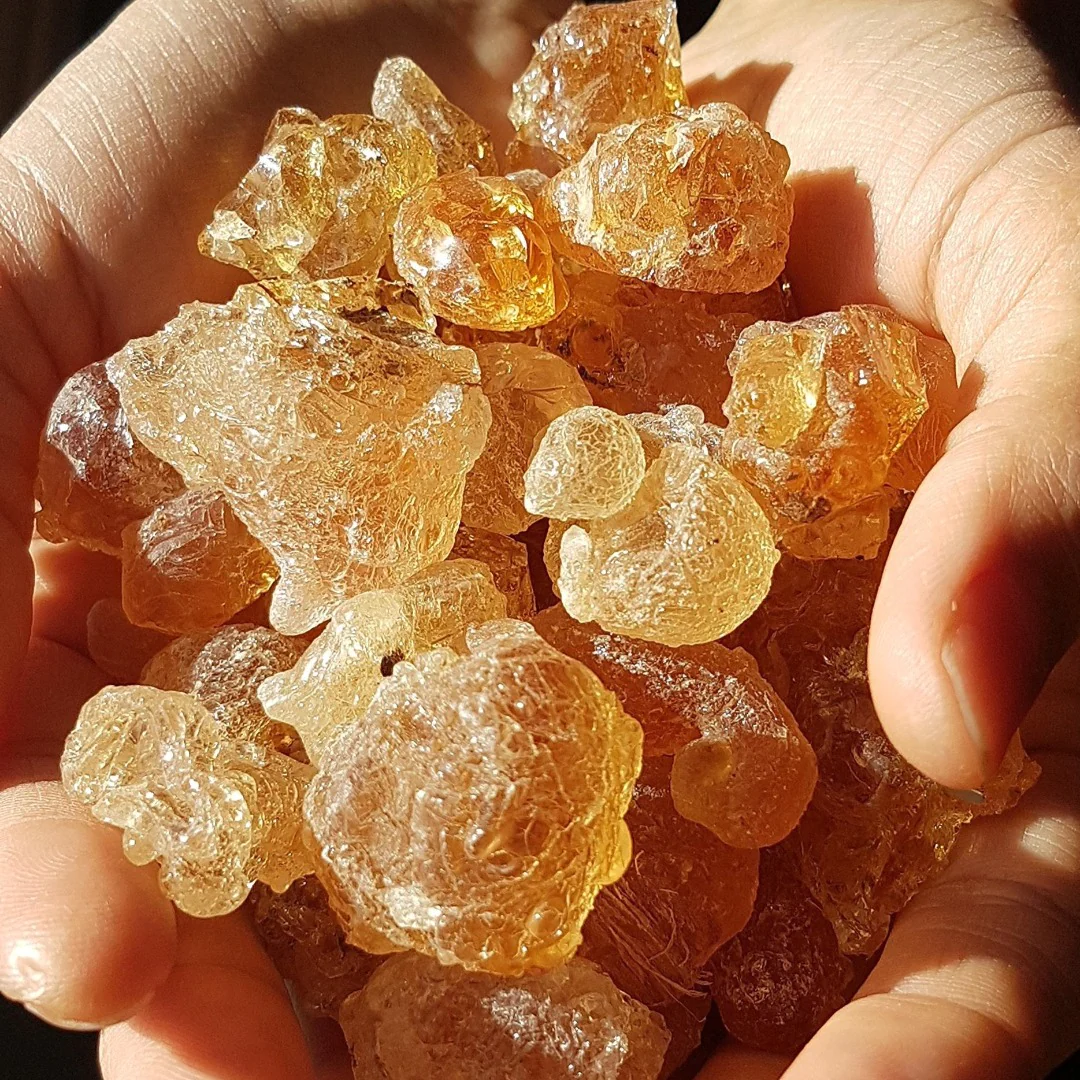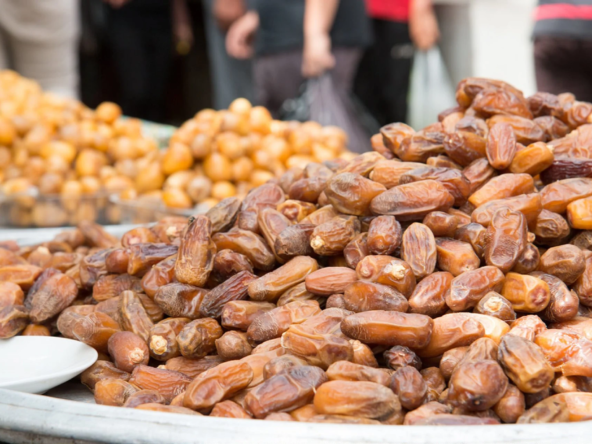Hey there, fellow eco-warriors and conscientious consumers! Today, let’s dive into the often-overlooked world of Arabic Gum production and its surprising environmental implications. Buckle up as we explore the journey from tree to table, shedding light on the eco-footprint of this widely-used commodity.
First off, what exactly is Arabic Gum? It’s that magical substance derived from the Acacia tree, known for its myriad of applications in industries ranging from food to pharmaceuticals. But here’s the catch – the process of harvesting Arabic Gum isn’t all sunshine and rainbows for Mother Nature.
Picture this: vast swathes of land transformed into monoculture plantations, disrupting natural ecosystems and biodiversity. The intensive cultivation practices often associated with Arabic Gum production can lead to soil degradation, deforestation, and loss of habitat for countless species. It’s like a not-so-environmentally-friendly domino effect.
But wait, there’s more. Let’s talk water – a precious resource we simply can’t afford to squander. Arabic Gum cultivation often requires significant irrigation, placing strain on local water sources and exacerbating water scarcity in already vulnerable regions. Not exactly a drop in the ocean, huh?

And what about the carbon footprint? Cue the greenhouse gases. Clearing land for cultivation releases carbon stored in vegetation and soil, contributing to climate change. Additionally, the transportation of Arabic Gum from remote production sites to global markets racks up emissions, further adding to the environmental toll.
So, what’s the solution? It’s not all doom and gloom, folks. Sustainable practices hold the key to mitigating the environmental impact of Arabic Gum production. From agroforestry techniques that promote biodiversity to efficient water management strategies, there are ways to tread more lightly on our planet while still meeting demand.
As consumers, we also have a role to play. By supporting companies like Ajigofarms that prioritize sustainable sourcing and ethical production, we can vote with our wallets for a greener future. Opting for certified organic or Fair Trade Arabic Gum products ensures that our purchases align with our values.
In conclusion, the environmental impact of Arabic Gum production is a complex issue with far-reaching consequences. But by raising awareness, embracing sustainable practices, and making informed choices, we can work towards a more eco-friendly supply chain – one gumdrop at a time.
So, next time you reach for that packet of Arabic Gum, pause for a moment and consider the story behind it. Together, we can chew responsibly and make a positive difference for our planet. Let’s stick together for a greener tomorrow!




